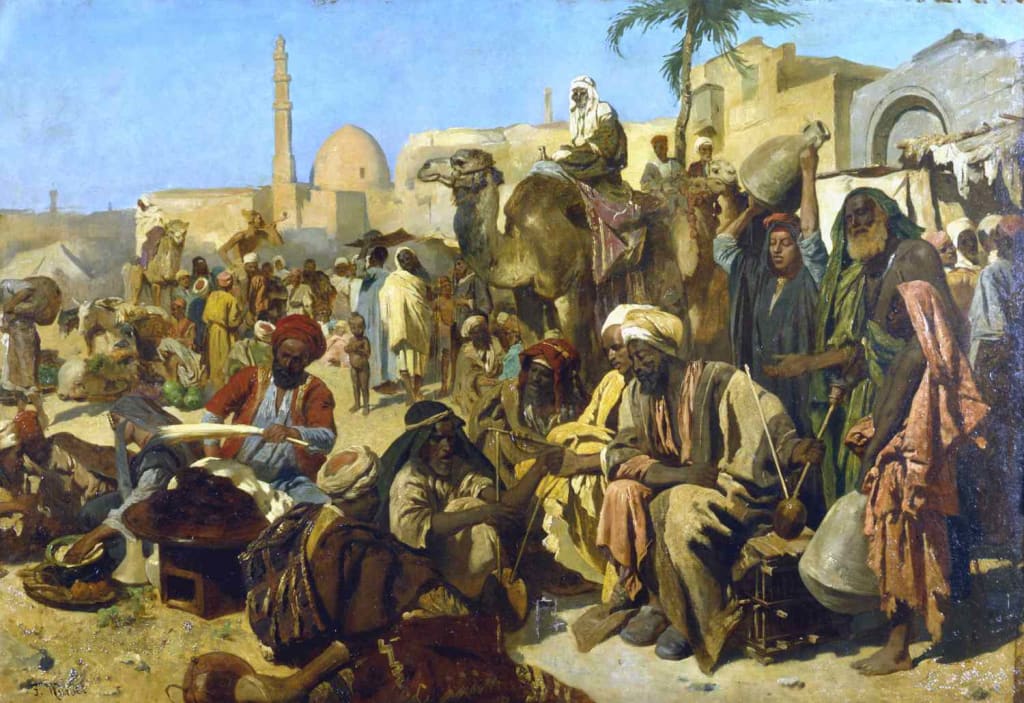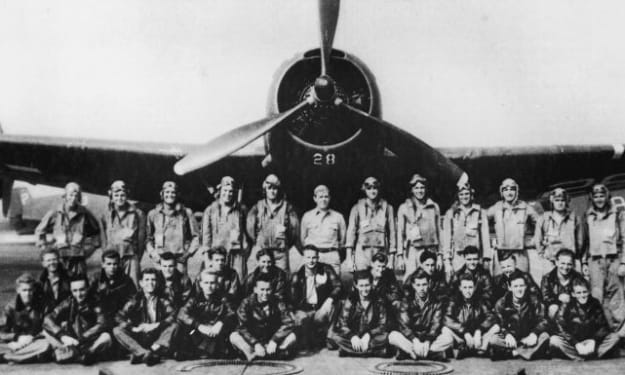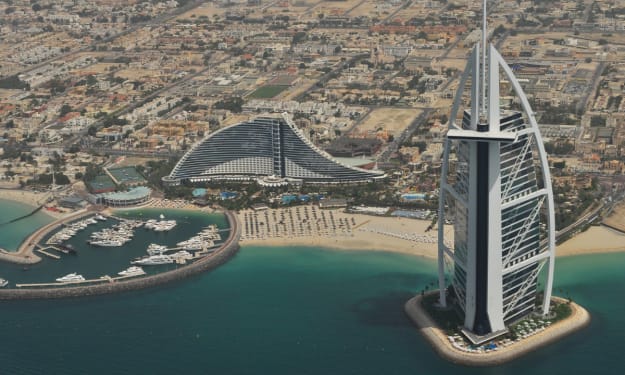Mustansiriya famine
When egyptians ate dogs,cats and even themselves!

DESCRIBE
In the year 1036 AD, during the rule of the Fatimid Caliphate, specifically under the reign of Caliph al-Mustansir Billah, Egypt experienced one of the worst famines in its history. It was a period of extreme hardship for the country. Egypt, throughout its history, heavily relied on the waters of the Nile for agriculture, with the Nile being the lifeblood of Egypt since ancient times, dating back to the Pharaonic era.
THE START
One day, while things seemed calm, some observant individuals began to notice a gradual and significant decrease in the water level of the Nile. However, at the time, no one paid much attention to this observation, and the cause of the declining water level remained unknown. Some people tried to investigate, but their concerns were not widely acknowledged. As time went on, the water level continued to drop, causing significant problems for farmers who depended on the Nile to irrigate their crops. The situation worsened to the point where the river began to dry up, and agricultural crops were dying due to the scarcity of water. Ultimately, there came a time when nothing could be grown. Food became extremely scarce, and only the wealthy could afford it. The price of bread reached ten dinars, water cost a dinar, and even eggs were sold for a dinar. (A dinar is a silver coin, and its value, depending on its weight, is equivalent to approximately 157 dollars today).
EVENTS
People began searching for alternative food sources to survive, even resorting to eating animals like cats and dogs found in the streets. Unfortunately, the decline in the water level of the Nile didn't last for just a year or two but persisted for seven long years. Historians tell a harrowing tale of a day when the Caliph himself went to inspect the condition of the people. Upon his return, he found that his own mule had been reduced to a pile of bones. People had eaten his mule, which was still alive due to the severity of their hunger.
THE WOMAN'S INCIDENT
There is a famous incident recounted from that dark period when a woman, in desperate need, sold a precious necklace worth around a thousand dinars to acquire a small amount of flour. However, as she was on her way home, people seized the flour from her, leaving her with just enough to bake a single loaf of bread. In her distress, she took this loaf, stood on an elevated place, and cried out in a loud voice, "O people of Cairo, pray for our Lord Al-Mustansir Billah, whom God blessed the people with during his time , until I managed to buy this loaf for a thousand dinars."
THE CALIPH
The crisis had reached the Caliph himself, to the point where there was nothing left in his stable. He had to sell the marble from the tombs of his forefathers to obtain food. The situation became so dire that he found himself indebted during his lifetime to the daughter of one of the scholars, who, out of charity, provided him with two loaves of bread daily.
THE ALLEYS OF DEATH
In some areas, certain neighborhoods in Cairo came to be known as "The Alleys of Death" because those who entered were said not to leave, essentially a one-way journey, as the people in these areas resorted to massive traps on the rooftops of their houses to capture passersby in the streets, subsequently consuming them for sustenance.
THE POPULATION
Egypt's population dwindled to its lowest point in history, with roughly a third of the people perishing during those seven years of suffering. It wasn't until the end of Caliph al-Mustansir Billah's rule that the waters of the Nile began to slowly return over the course of several years. The reasons for this reversal remain unknown. The situation gradually improved after a catastrophe that lasted seven long years, leaving a tragic mark on Egyptian history.
THE END
At the end Al-Jamali, by virtue of his actions, managed to put an end to the Al-Shaddah Al-Mustansiriya famine. He stipulated that he would bring his men, impose his authority, and restore order by force if necessary, a condition agreed upon by Al-Mustansir. After being appointed as a minister of the state, Al-Jamali focused on repairing the irrigation system and irrigation channels that had deteriorated. Consequently, he paid attention to agriculture after confronting and expelling the warring militias from Egypt. For the first three years, he allocated the entire harvest to the farmers, and in the fourth year, he would take a share.
Al-Jamali was known for being a just man who extended his hand to the Fatimid state, clearing away the burdens of challenging times and reviving it from its difficulties. Finally, after seven lean years in Egypt, by the grace of God, the Nile River overflowed once more, and this gloom dissipated. Egyptians commemorated the memory of Al-Jamali by naming one of the most famous and enduring districts in Egypt after him, known as Al-Gamaliya.
About the Creator
The case
A person who loves the mysterious, the fiction, the cases and the history
I also like to write some stories
do not forget to subscribe if you want to read more your subscribtion helps us also
Enjoyed the story? Support the Creator.
Subscribe for free to receive all their stories in your feed. You could also pledge your support or give them a one-off tip, letting them know you appreciate their work.






Comments (2)
The starvation is a bad thing but people ate people that's way too bad 😳😳
As egyptian i can confirm that it’s worst disaster happened in the history of egypt